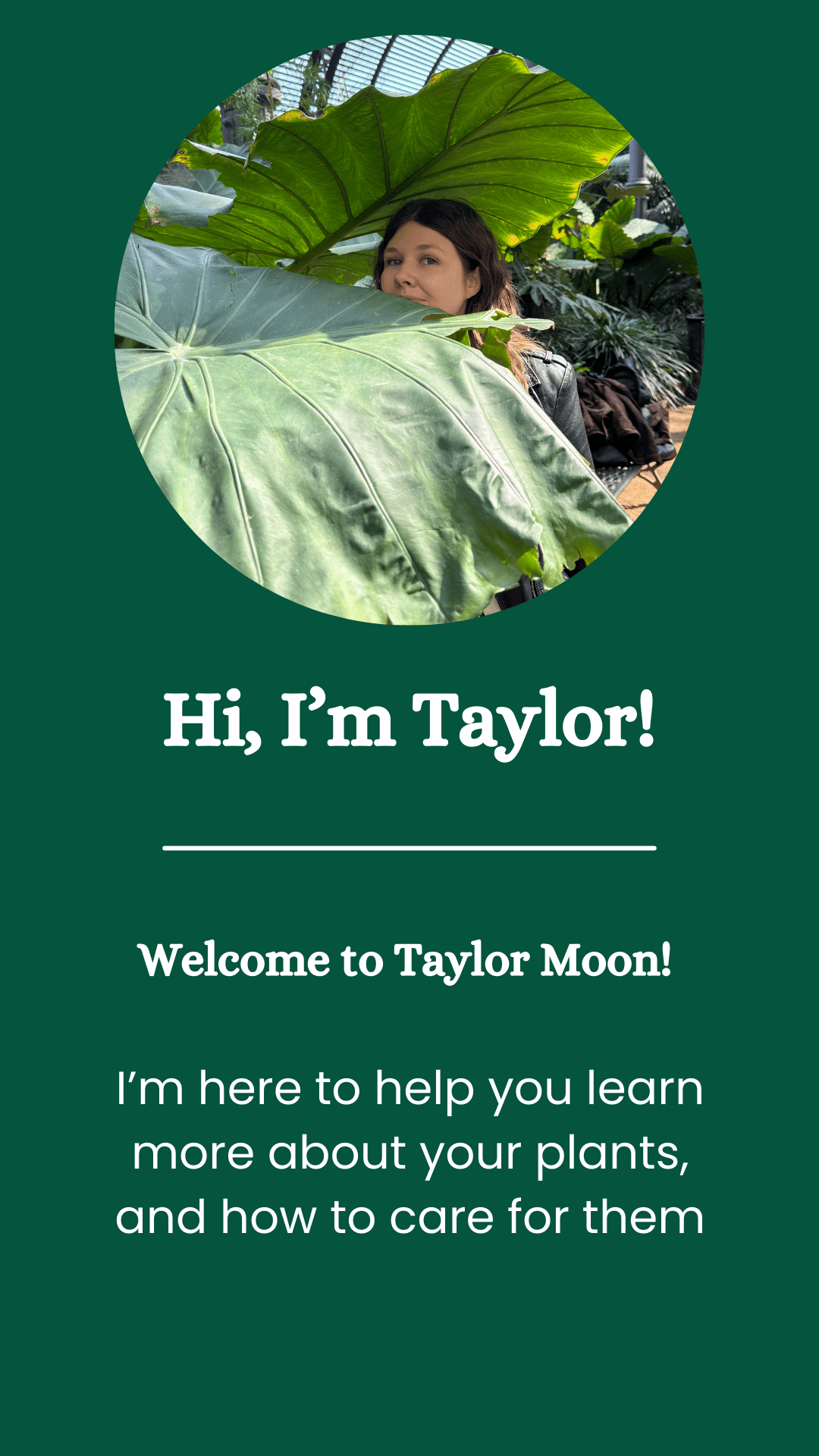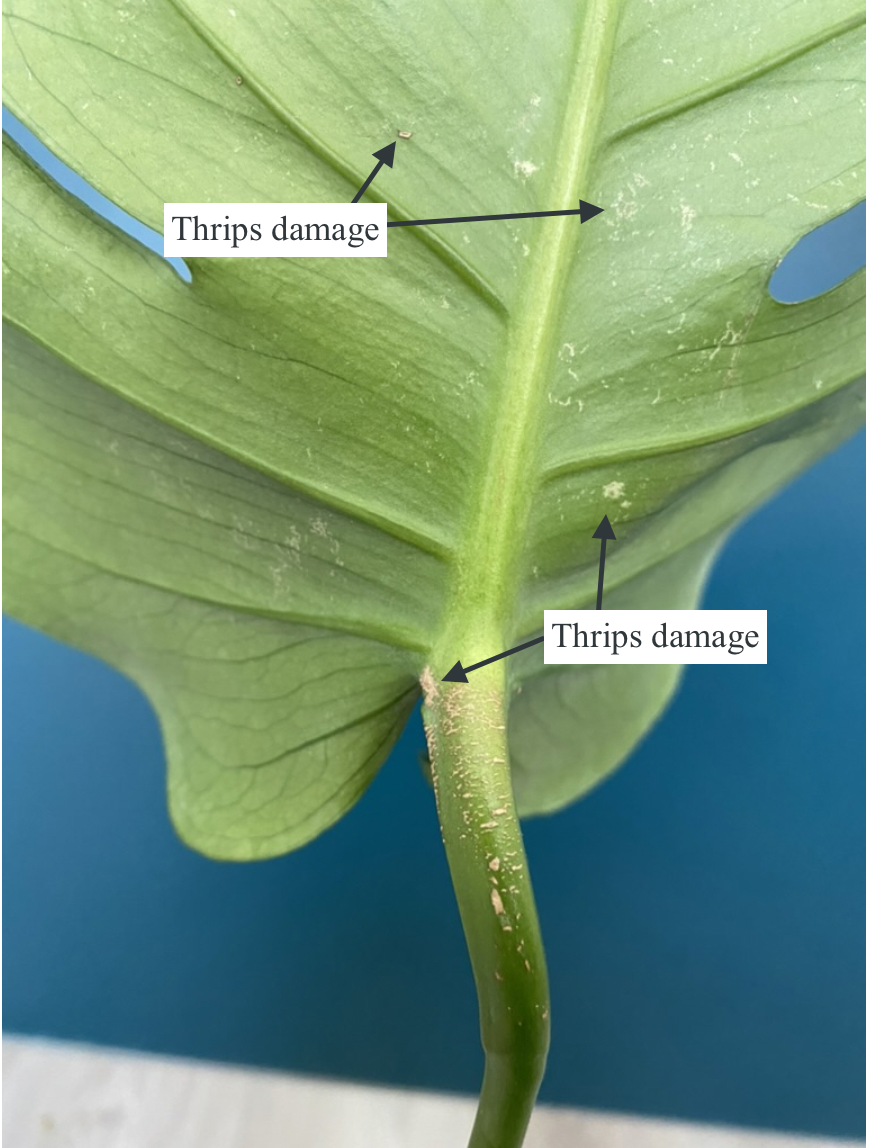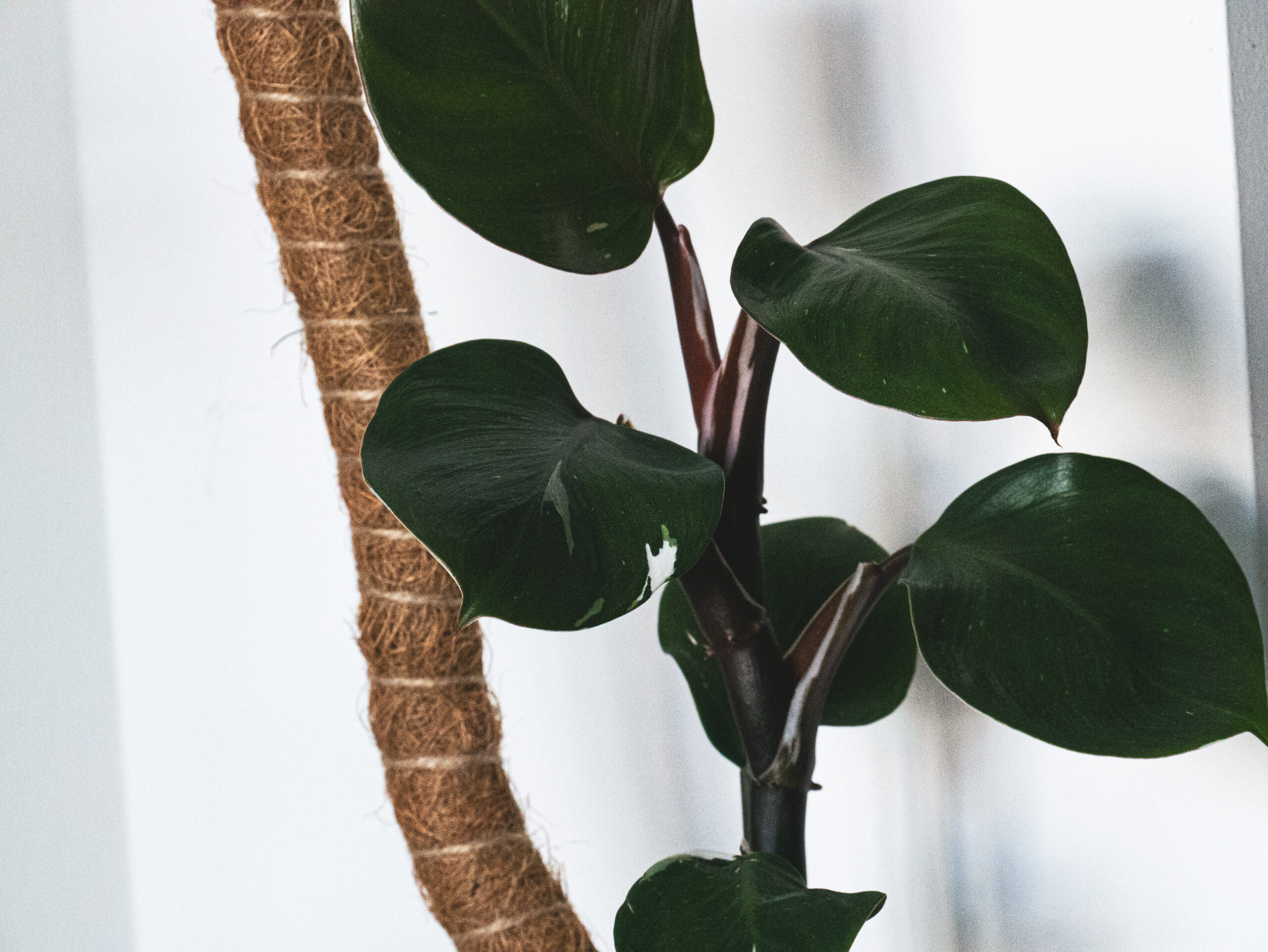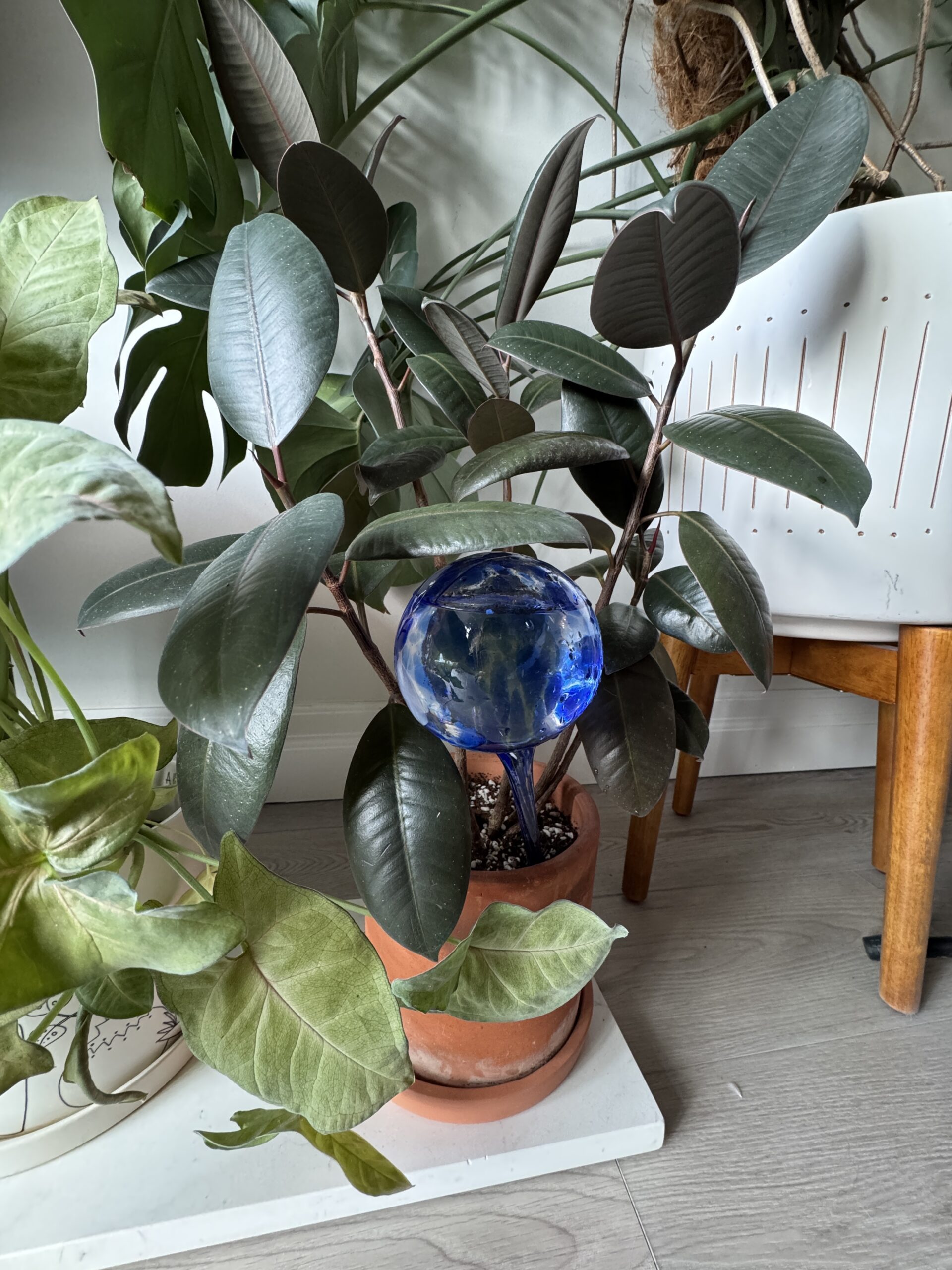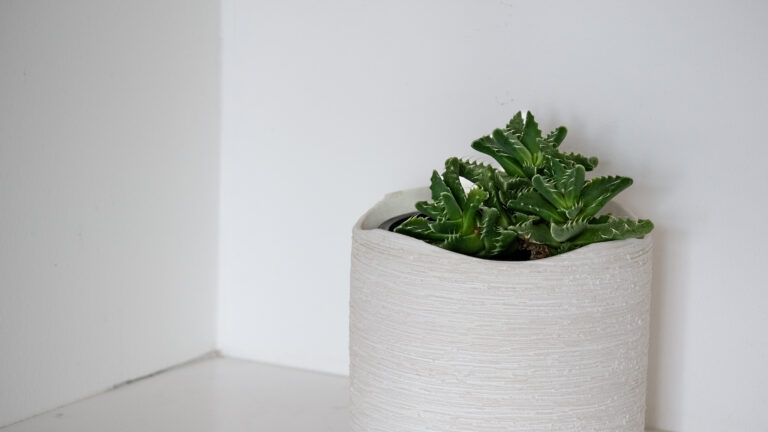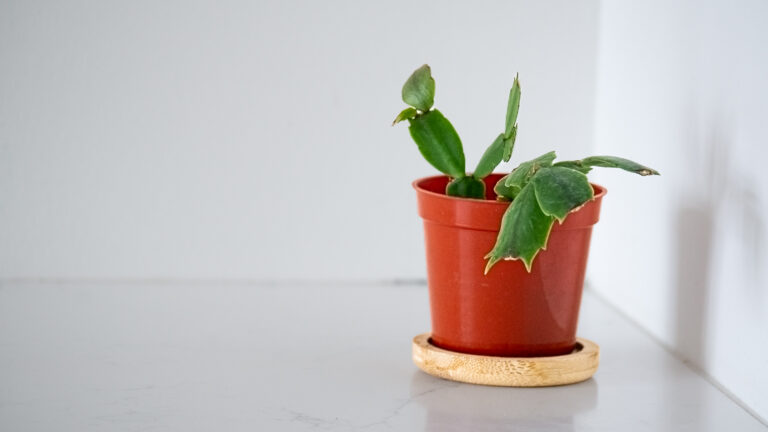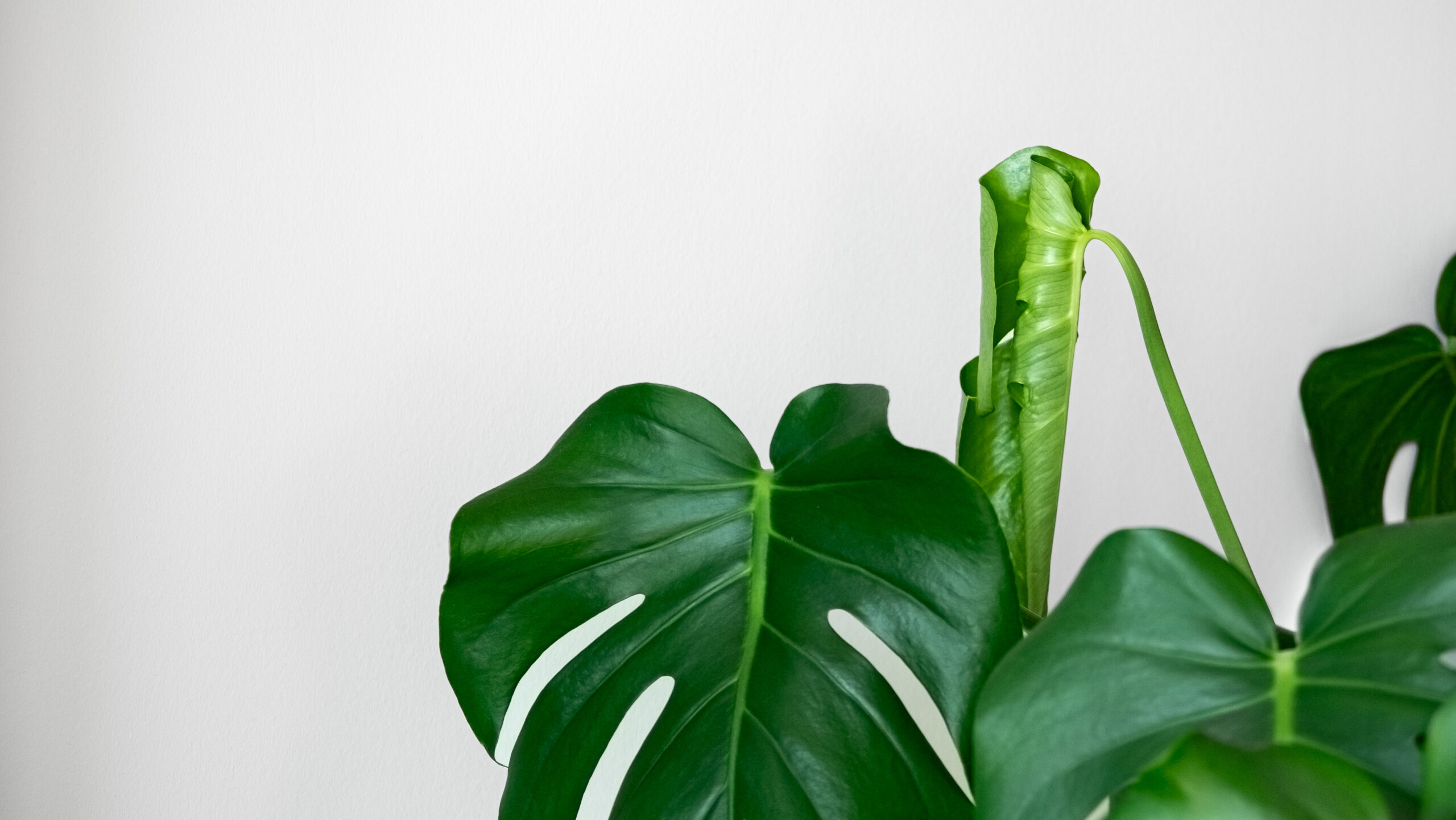
Plant Care Essentials
5 years of plant care wisdom, distilled into the articles below. Hope these guides help your plants thrive, regardless of your stage of plant parenthood.
ZZ Plant or Zamioculcas zamiifolia or Zanzibar Gem is a member of the Araceae family. It is native to
Tiger Jaws Succulent or Faucaria tigrina is a member of the Aizoaceae family. It is native to South Africa.
The Thanksgiving Cactus (or Holiday Cactus) is a popular holiday plant known for its vibrant, tubular blooms in the
